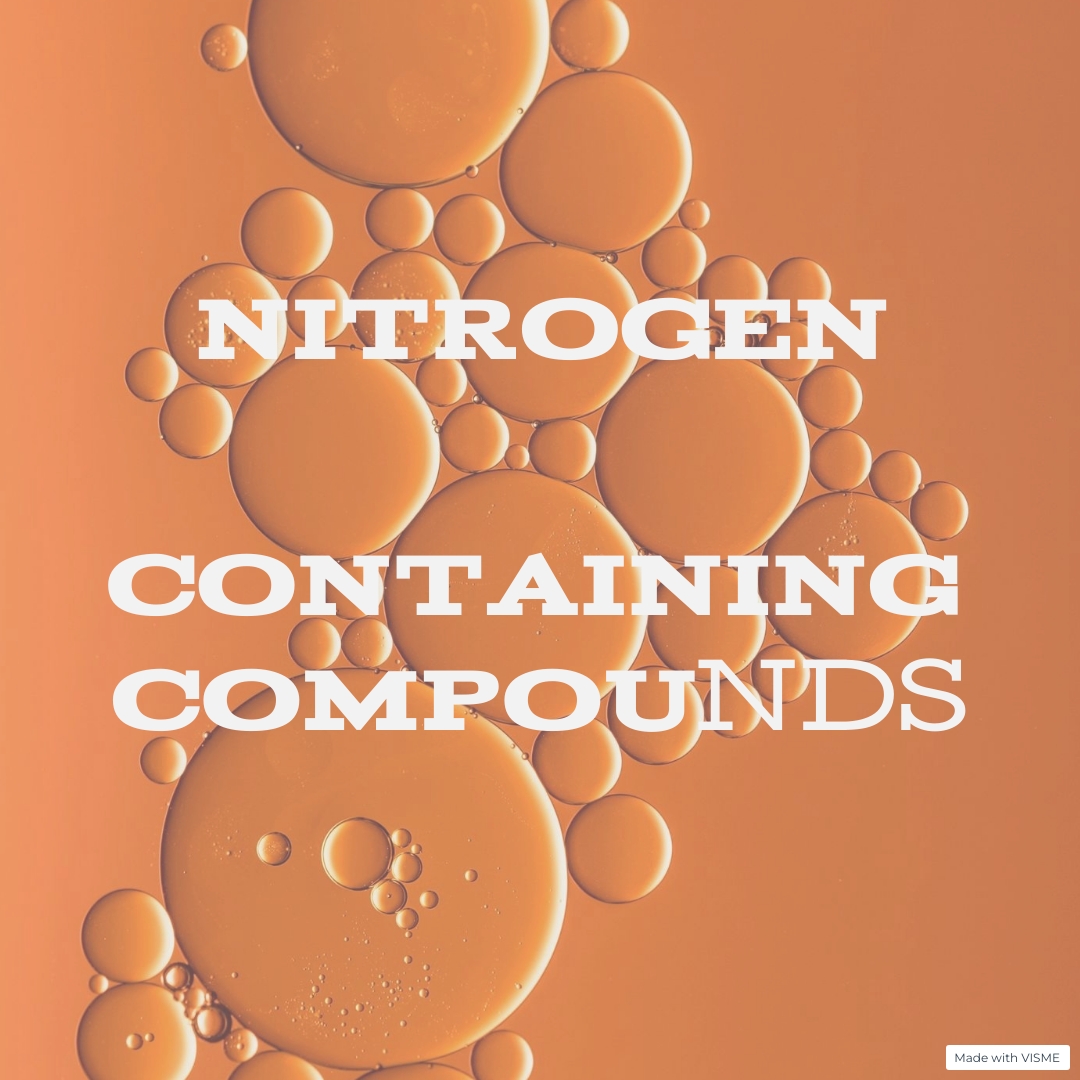The Benzilic Acid Rearrangement is a rearrangement reaction involving the conversion of α-diketones to α-hydroxy-carboxylic acids. It is named after the compound benzil, which was one of the first substrates used to demonstrate this rearrangement. The general reaction involves the rearrangement of a 1,2-diketone (or α-diketone) to an α-hydroxy-carboxylic acid in the presence of a base.
The mechanism of the Benzilic Acid Rearrangement typically proceeds through a series of steps involving enolate intermediates. Here’s a general overview of the mechanism:
- Proton abstraction: The base (often hydroxide ion or an alkoxide ion) abstracts a proton from one of the carbonyl groups of the α-diketone, forming an enolate intermediate.
- Rearrangement: The enolate intermediate undergoes a 1,2-shift of an alkyl or aryl group to form a new carbonyl group at the α-position, leading to a stabilized carbanion intermediate.
- Protonation: A proton from the solvent or the base is transferred to the carbanion intermediate, forming the α-hydroxy-carboxylic acid product.

The Benzilic Acid Rearrangement has several applications in organic synthesis, primarily in the formation of α-hydroxy-carboxylic acids. Here are some specific applications:
- Synthesis of α-Hydroxy Acids: One of the primary applications of the Benzilic Acid Rearrangement is in the synthesis of α-hydroxy acids. These compounds are important building blocks in organic synthesis and find applications in pharmaceuticals, fragrances, and other industries. By starting with appropriate α-diketone substrates, various α-hydroxy acids can be synthesized using this rearrangement.
- Natural Product Synthesis: The Benzilic Acid Rearrangement is frequently employed in the synthesis of natural products. For instance, it has been utilized in the total synthesis of various natural products such as plakortin, plakoric acid, and epolactaene.
- Asymmetric Synthesis: While the traditional Benzilic Acid Rearrangement often leads to racemic mixtures, asymmetric versions of this rearrangement have been developed. These methods allow for the synthesis of chiral α-hydroxy acids with high enantioselectivity. Enantioselective variants are valuable in the pharmaceutical industry where the chirality of molecules can significantly impact their biological activity.
- Cascade Reactions: The Benzilic Acid Rearrangement can be integrated into more complex synthetic sequences as part of cascade reactions. By designing appropriate substrates and reaction conditions, multiple bond-forming events can be achieved in a single transformation, leading to increased synthetic efficiency.
- Polymer Chemistry: The Benzilic Acid Rearrangement has been employed in polymer chemistry for the synthesis of functionalized polymers. By incorporating α-diketone moieties into polymer backbones, rearrangement reactions can be induced under appropriate conditions, leading to the introduction of hydroxy-carboxylic acid functionalities along the polymer chain.
- Mechanistic Studies: The Benzilic Acid Rearrangement serves as a model reaction for mechanistic studies in organic chemistry. Investigating the kinetics and stereochemistry of this rearrangement provides insights into the behavior of carbonyl compounds under basic conditions and contributes to a deeper understanding of reaction mechanisms.








